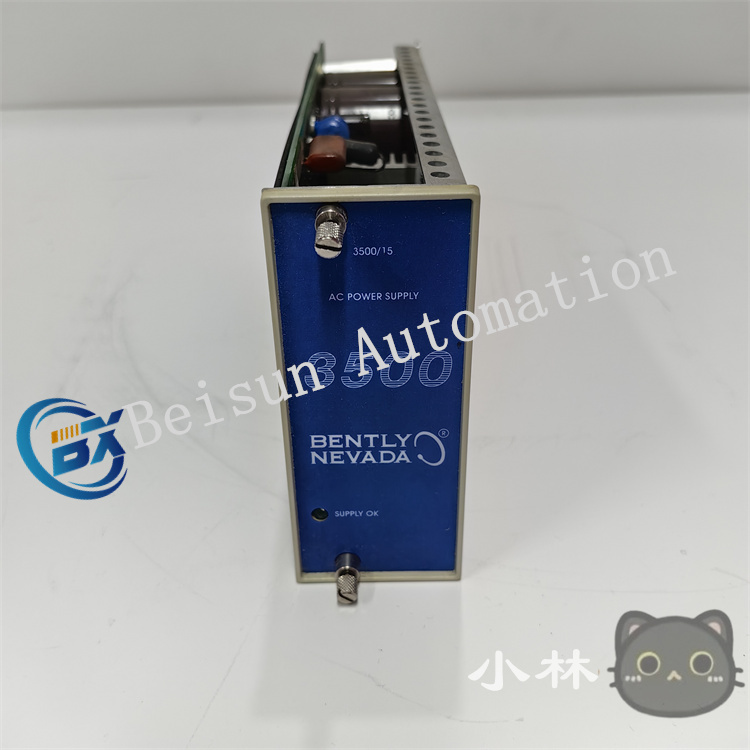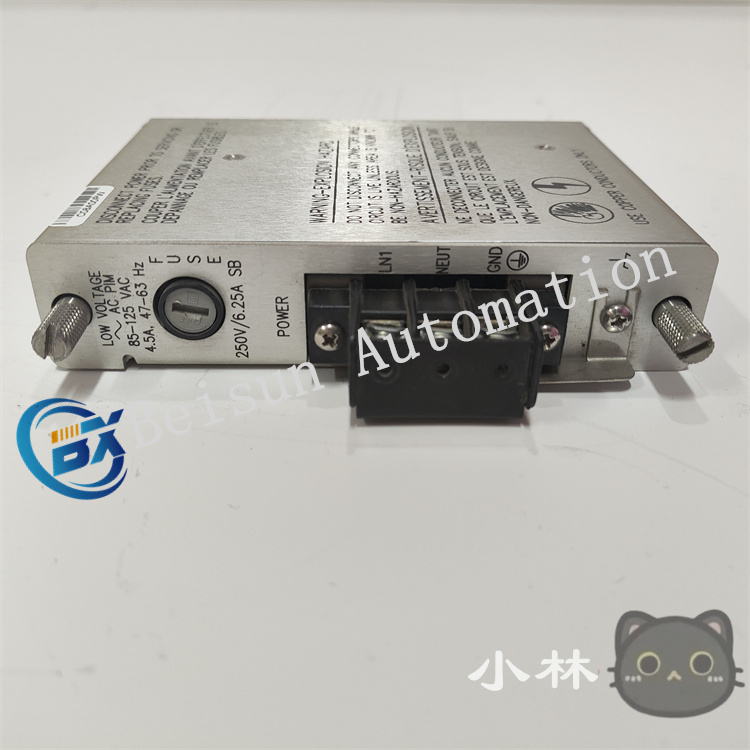Product information
Reviews
Shipping & returns
Product information
NI SCXI-1120D Signal Conditioning module
Main features
Strain gauge measurement function: Mainly used to connect strain gauges and convert the tiny strain sensed by the strain gauges into measurable electrical signals. It can precisely measure the change in strain gauge resistance and convert it into the corresponding voltage output for subsequent data collection and analysis.
Multi-channel design: It usually has multiple channels and can simultaneously connect multiple strain gauges to achieve synchronous monitoring of multiple measurement points. This enables the simultaneous acquisition of strain information at multiple positions in complex structures or systems, which is conducive to a comprehensive understanding of the force conditions of the structure.
Signal conditioning function: Amplify, filter and perform other conditioning processing on the input strain gauge signal. By amplifying the weak strain signal, it is made to reach the level range that the data acquisition equipment can accurately measure. Meanwhile, the filter can remove high-frequency noise from the signal, improving the quality and stability of the signal.
High-precision measurement: It features high measurement accuracy and stability, capable of meeting the demands of various high-precision strain measurements. It adopts precise circuit design and calibration technology to ensure accurate and reliable measurement results under different working conditions.

Application field
Structural mechanics testing: In fields such as aerospace, automobiles, and mechanical engineering, it is used to conduct strain tests on aircraft wings, automotive bodies, mechanical structural components, etc., to evaluate the strength, stiffness, and fatigue performance of the structures. By measuring the strain distribution, the structural design can be optimized to enhance the reliability and safety of the product.
Material property research: In materials science research, it is used to test the strain response of materials under force and study the mechanical properties of materials, such as elastic modulus, Poisson’s ratio, yield strength, etc. This is of great significance for the research and development, quality control and performance evaluation of materials.
Biomechanical research: In the field of biomedical engineering, it can be used to measure the strain conditions of biological tissues, bones, muscles, etc. under physiological activities or experimental conditions, helping researchers understand biomechanical characteristics and providing data support for the design of medical devices, rehabilitation treatment, etc.
Industrial process monitoring: In the industrial production process, it is used to monitor the strain conditions of equipment and pipelines, and promptly identify potential faults and safety hazards. For instance, real-time strain monitoring of pressure vessels, bridge structures, crane booms, etc. can prevent accidents, ensure production safety and the normal operation of equipment.










Reviews
There are no reviews yet.